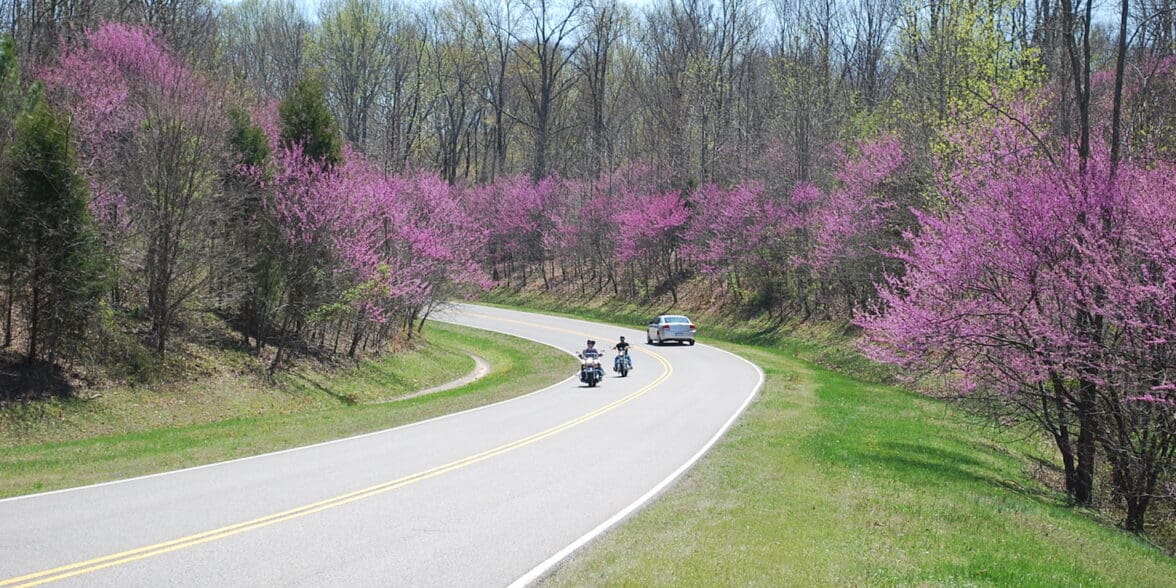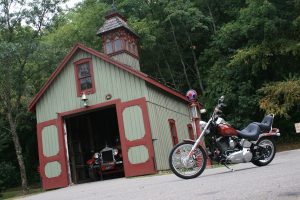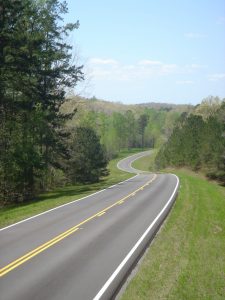This is heaven. Hundreds of miles without a single pothole, billboard, truck, caravan, house, stop sign, light pole, roadside litter or traffic light. It’s like riding on velvet with an evergreen backdrop of scenic forest and idyllic farmland. So beguiling is its languid rhythm and majestic scenery that, like Route 66, this road has been referenced in song lyrics from Dusty Springfield to Pavlov’s Dog.
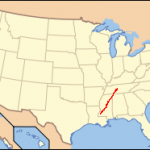
Not that the Natchez Trace is any Laguna Seca. With a consistent speed limit of 50mph (80km/h) this won’t get your heart racing. With its measured meander through the lush Deep South it’s more like the world’s longest yoga class; a place where you can truly practise Zen on your motorcycle. Along the way you will pass big cities and not even know it. you won’t see, hear or smell them. Yet at any given time you are just a few minutes from a clean restroom, an interesting historic tourist site, a gas station and a vast selection of cafes, restaurants and the ubiquitous diners.
But the Natchez Trace is a national park, so the commercial venues are down the next off ramp in smalltown America with its bib-and-brace yokels spinning yarns outside the barber shop, Dodge and Chevy pick-up trucks lining the town square and iconic diners serving grits, pulled pork and okra washed down with a Southern Pecan Nut Brown Ale. Although that’s not possible in every small town in smalltown America. After prohibition was repealed in the 1930s, counties were allowed to decide their own liquor laws. Some, such as Bourbon County, remain dry whereas Christian County is “wet”. Others are various degrees of moist – for example, you can have a drink with your meal but you can’t take away alcohol. As is so often the case with alcohol, we have strayed from the path. In this case, the path is the Trace.
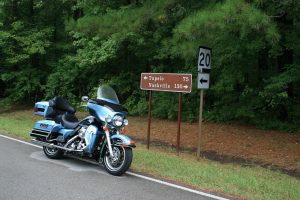
From 1700 to 1800, about 10,000 white folk a year would retrace the Chickasaw footsteps. However, the introduction of steam boats meant traders could now return to the north on the river, so the pathway became neglected. In the 1930s it was a simple dirt road but in 1938 it was declared a national park and was gradually restored over the years until it was made asphalt all the way in 2005. Today, it is a pristine ribbon of roads with faultless forest and farmland scenery that gives away no clues of the modern world just metres beyond that rustic wall of pine trees.
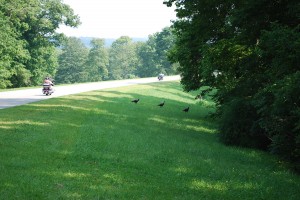
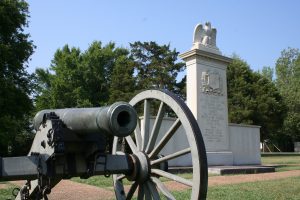
You can also step back in time with a short detour into Tupelo to visit the birthplace of one Elvis Aaron Presley. Here you will marvel at his basic one-room cottage and the nearby church where he learnt to sing gospel songs as a teenager. With those songs whirling around in your head it’s back on to the Trace which is more like the fancy driveway leading to Graceland than some hillbilly road.
There is no big riding challenge here. No hairpins, switchbacks, decreasing-radius corners. In fact it can be tempting to fall into a Zen-like trance. However, it’s vital to remain vigilant; not just so you don’t drift over the well-enforced speed limit, but also so you watch out for deer, turkeys, coyotes and other wildlife. And with so few cars and signs, it’s also easy to forget to stay on the right side of the road, especially when pulling out on to the road after a pit stop.
The first time I rode this unhurried road, we were followed by a support van in case of a breakdown. But it wasn’t long before a ranger stopped us and wanted the van off the road because it was too big. Quick talking managed to get us a reprieve, but the second time a highway patrol officer demanded it find another path. So we settled back into the “potato-potato” rhythm of our slow-revving big Harleys and with hardly a gear change necessary over the next few hundred kilometres, we began our V-twin meditation.
If it becomes a bit too hypnotic, there are several “loop routes” that exit the Trace on to back roads, ride past interesting sites and attractions and re-enter the Trace where you exited. Randy Fought of the Natchez Trace Bed & Breakfast Reservation Service will find you somewhere to stay just off the Trace if you plan to take your time to discover all that it possesses. He says you can ride the road year round. “Today, at the southern end of the Trace the temp reached the low 60s so I am sure there were motorcyclists out today,” he says. “The Trace doesn’t get much snow or ice.”
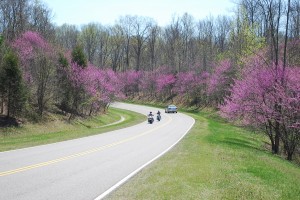
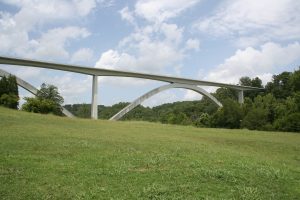
Not that it is all about nature. One of the highlights of a trip along the Trace is the 47m high Birdsong Hollow Bridge. This grand 500m-long double-arched bridge was built in 1994 and received the Presidential Award for Design Excellence in 1995. This example of manmade beauty in its most inspiring form can be viewed from the northern parking area or the southern exit ramp. Both are breathtaking.
Another man-made attraction is the Loveless Motel and Cafe, on Highway 100 at the northern terminus of this historic road on the outskirts of Nashville. 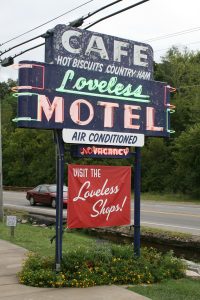
NATCHEZ TRACE ATTRACTIONS
Cypress Swamp: If you’re lucky you’ll spy a lazy croc sunning itself on a log at milepost 122.
Tupelo Automobile Museum: About $6 million worth of some 100 old cars and bikes, including a Lincoln once owned by Elvis Presley. They’ve even got a Duesey (Duesenberg)!
Rock Spring: This trail at milepost 330.2 follows Colbert Creek with its beaver dams and e chanting woods.
Sunken Trace: At milepost 41.5 you will find the deeply eroded or ‘sunken’ Old Trace. It’s just a five-minute walk.
Grinder House: Ruins of an historic house with exhibits of the Trace’s history.


